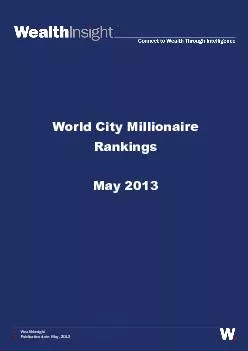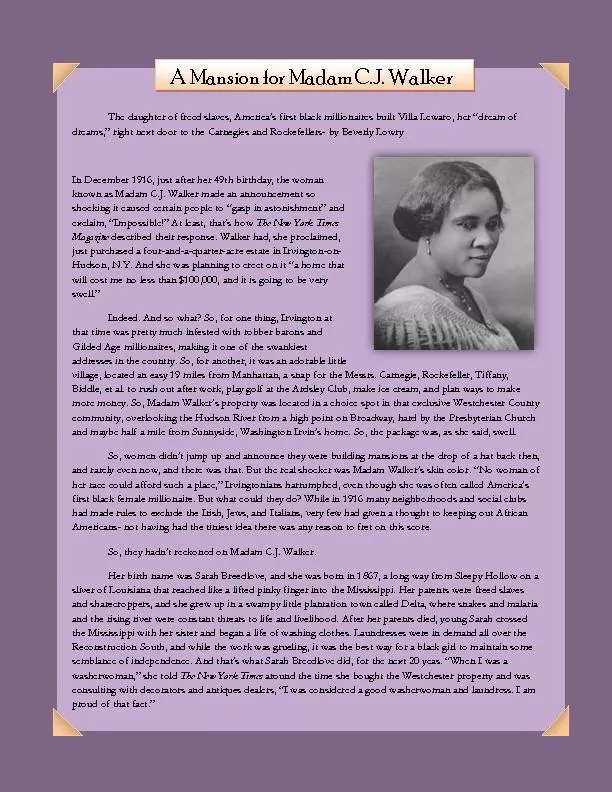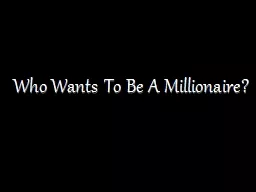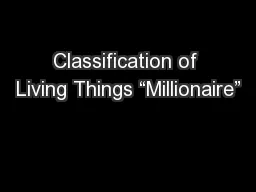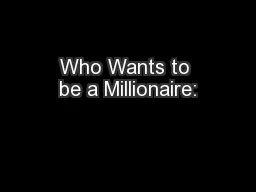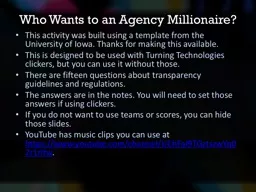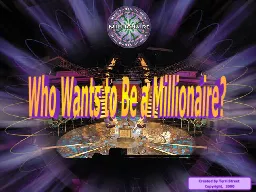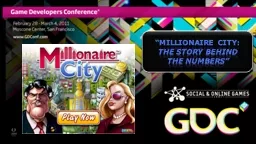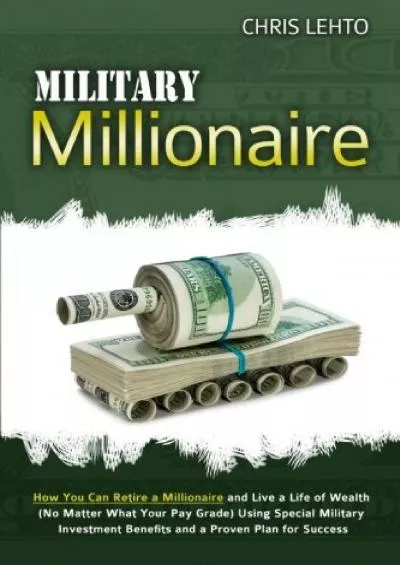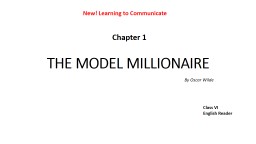PPT-“Who Wants To be a Millionaire ? ”
Author : vamput | Published Date : 2020-06-19
The Lean Startup Model amp The Startup Life Cycle Lean Startup Prizes Business Cards Names eMail to get a copy of this Presentation Business Model Generation
Presentation Embed Code
Download Presentation
Download Presentation The PPT/PDF document "“Who Wants To be a Millionaire ? ”" is the property of its rightful owner. Permission is granted to download and print the materials on this website for personal, non-commercial use only, and to display it on your personal computer provided you do not modify the materials and that you retain all copyright notices contained in the materials. By downloading content from our website, you accept the terms of this agreement.
“Who Wants To be a Millionaire ? ”: Transcript
Download Rules Of Document
"“Who Wants To be a Millionaire ? ”"The content belongs to its owner. You may download and print it for personal use, without modification, and keep all copyright notices. By downloading, you agree to these terms.
Related Documents


